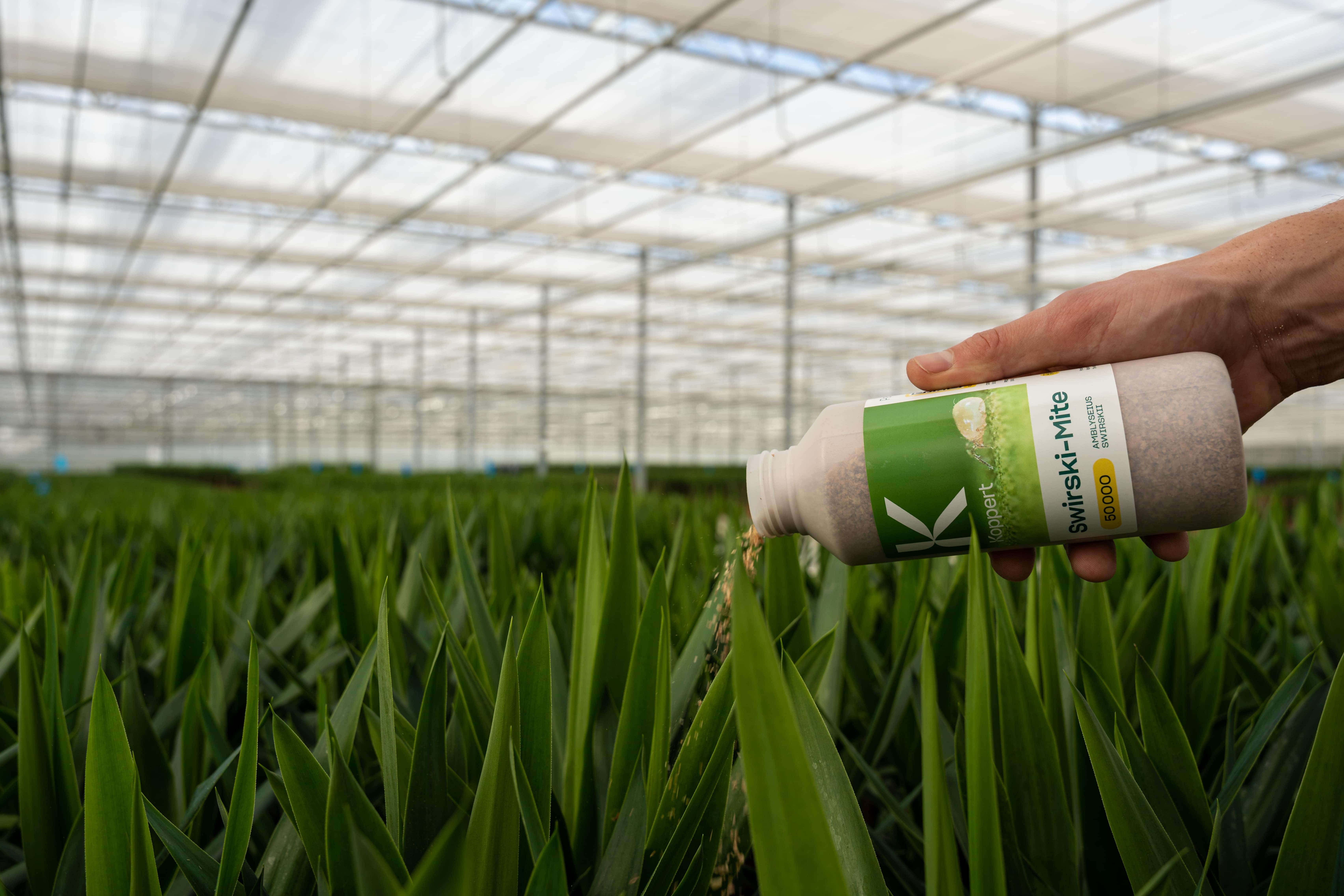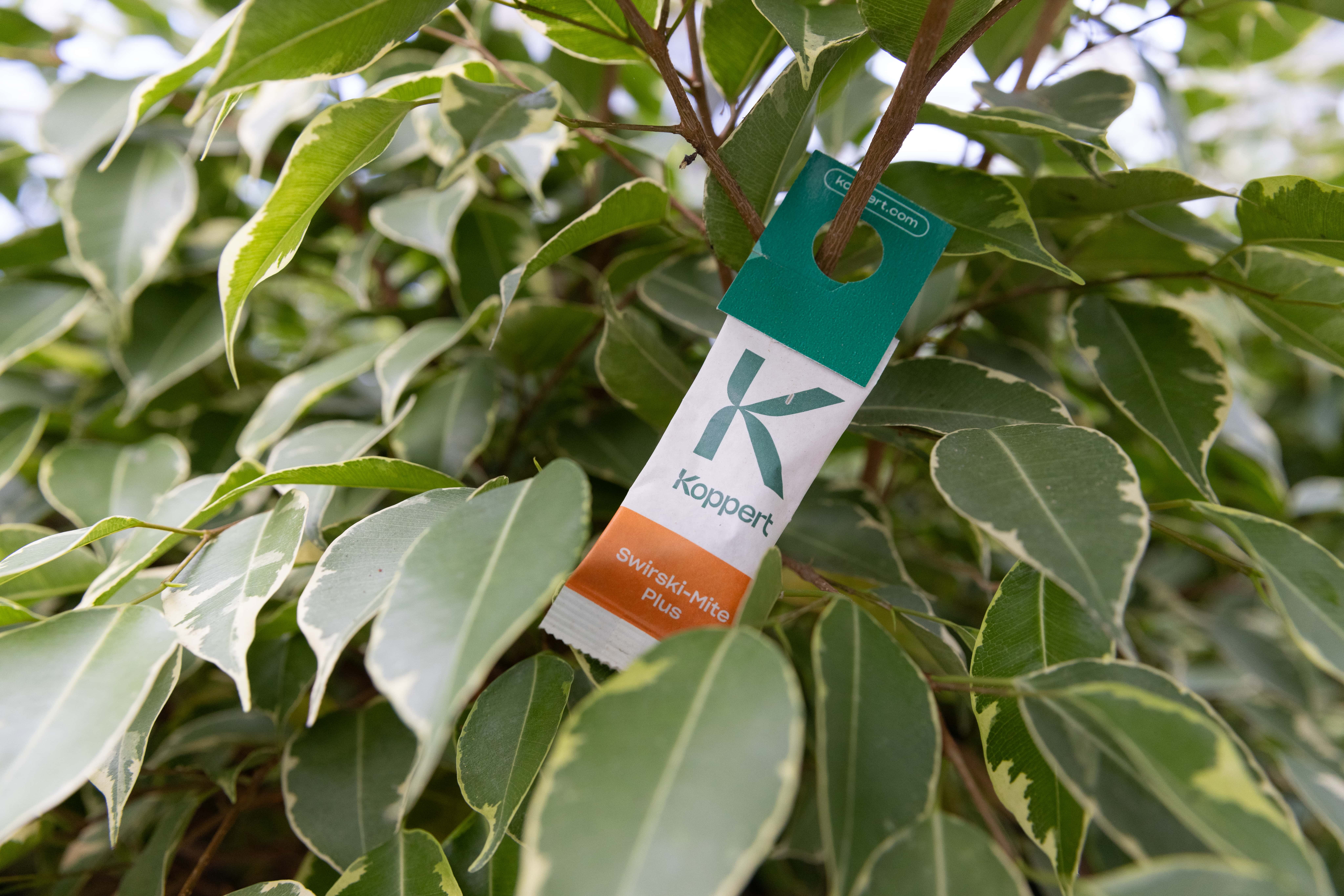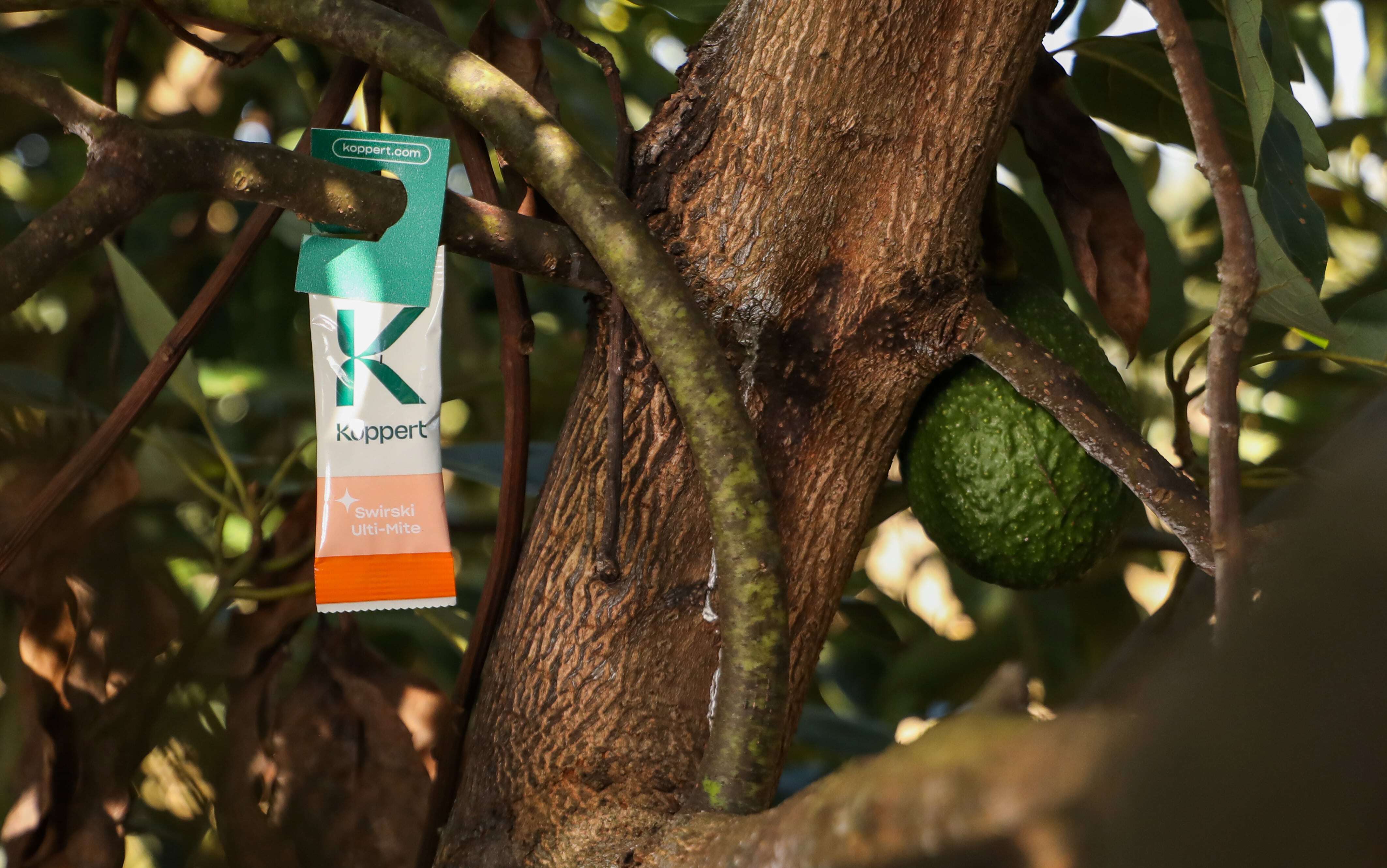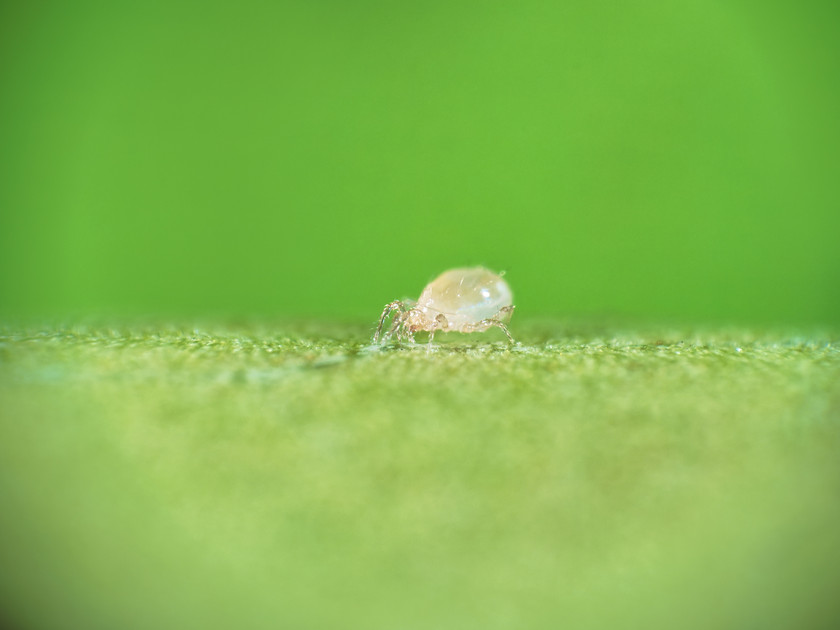Swirski‑Mite - Thrips & Whitefly Control for Warm Environments
Oct 21, 2025
All four products use the same beneficial mite: Amblyseius swirskii, a Type III generalist predator. The difference between each product formulation is how the predatory mites release.
Brand-level distinction:
Swirskii is ideal for suppression of a myriad of problems in hot/warm and humid climates. Amblyseius swirskii is most effective at temperatures between 68 and 90°F. It is not effective at temperatures below 64°F. In colder environments or during cold seasons, Thripex should be used instead. Amblyseius swirskii is sensitive to relative humidity below 60%. (Actual humidity tends to be higher than ambient readings especially near the canopy.) It targets thrips larvae, whitefly eggs and nymphs, and some mite species. It is typically standard to avoid use of Swirskii with Thripex — they compete for the same niche.
Predator behavior & action:
Predators crawl along plant surfaces. Feeds on thrips larvae, whitefly eggs/nymphs, and some mites.
Prey controlled:
Western flower thrips
Onion thrips
Greenhouse and tobacco whitefly
Spider mites & other mites

Swirski‑Mite (bottle) — Fast release for active thrips or whitefly
What makes it different: Swirski‑Mite bottles deliver Neoseiulus swirskii directly onto plants, allowing mites to begin searching and feeding immediately. This formulation is designed for curative use—when pests are already present and rapid impact is needed. The bottle formulation supports quick dispersal and active hunting upon application.
Best for: Situations where thrips or whiteflies are already visible and spreading, and fast control is essential.
Why choose it: Immediate release means no waiting—mites get to work right away. Perfect for growers who need fast, flexible control in dynamic environments.

Swirski‑Mite Plus (sachets) — Preventative control in stable conditions
What makes it different: Swirski‑Mite Plus sachets use a paper-based pouch that gradually releases mites over 4–6 weeks. This slow-release system allows multiple generations to establish and maintain coverage over time. However, the paper sachet is sensitive to humidity and direct watering, which can damage the packaging and reduce effectiveness.
Best for: Preventative use in greenhouses or environments with consistent humidity and temperature. Ideal when pest pressure is low or absent, and the goal is to build a baseline population for prevention.
Why choose it: Low-maintenance protection that builds a lasting population before problems appear.

Swirski Ulti‑Mite (sachets) — Preventative control where humidity changes
What makes it different: Swirski Ulti‑Mite sachets offer the same 4–6 week gradual release as Plus, but the sachet is made of a durable mylar foil that resists humidity swings and watering.
Best for: Preventative use in areas with fluctuating humidity, such as outdoor ornamentals, propagation zones, or mixed plant environments. Also ideal for growers who irrigate overhead or mist frequently.
Why choose it: Reliable, long-term coverage even when conditions aren’t stable. Ulti‑Mite sachets maintain performance across a wider range of environments, giving peace of mind in unpredictable settings.
Quick guide
Thrips or whitefly already spreading? → Swirski‑Mite (bottle)
Stable greenhouse, want prevention? → Swirski‑Mite Plus (sachets)
Humidity swings, want prevention? → Swirski Ulti‑Mite (sachets)
Swirski‑Mite Quick Chart
| Pressure scenario | Choose | Why |
|---|---|---|
| Thrips or whiteflies detected; quick action required | Swirski‑Mite (bottle) | Immediate release for curative action |
| Thrips or whiteflies detected; want ongoing coverage after initial knockdown | Swirski‑Mite (bottle) + Swirski Ulti‑Mite or Swirski‑Mite Plus (sachets) | Immediate action plus gradual release for sustained coverage |
| No activity detected; conditions stable; want preventative coverage | Swirski‑Mite Plus (sachets) | Gradual release for long-term coverage |
| No activity detected; humidity fluctuates; want preventative coverage | Swirski‑Mite Ulti‑Mite (sachets) | Gradual release for long-term coverage with humidity resilience |
Quick Navigation back to our other top predatory mites:
Thripex — Thrips & Problem Mite Control for Cooler Environments - Natural Enemies
Spical - Versatile Defense Against Mites - Natural Enemies
Spidex - The Spider Mite Specialist - Natural Enemies
For a downloadable guide to selecting the right predatory mite click here.
Check out some more information for a succesful IPM Program below:
Want to rethink how IPM fits into your bottom line?
(This article explores how Integrated Pest Management isn’t just about sustainability—it’s a smart business strategy that can improve profitability when paired with biological control.)
Need to check compatibility by beneficial predator vs active ingredient?
(A quick-reference guide for checking which beneficials are compatible with common active ingredients used in pest management.)
Looking for compatibility info based on popular spray products?
(This chart helps you identify which beneficial insects can be safely used alongside widely used commercial spray products.)
Looking for clarity on common misconceptions about beneficial insects?
(This article breaks down widespread myths about beneficial insects and explains their real-world role in biological control and plant health.)
Curious why prevention matters in biological control—even before problems show up?
(This piece challenges the idea that action only starts when something goes wrong, and explains why & how proactive strategies are key to successful growing.)


